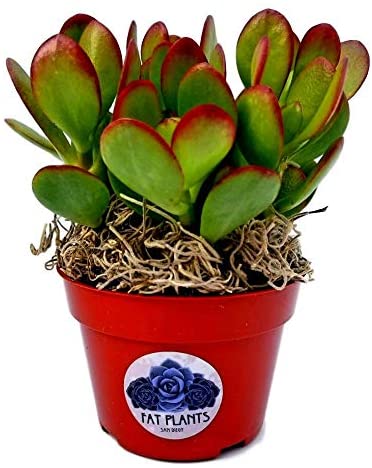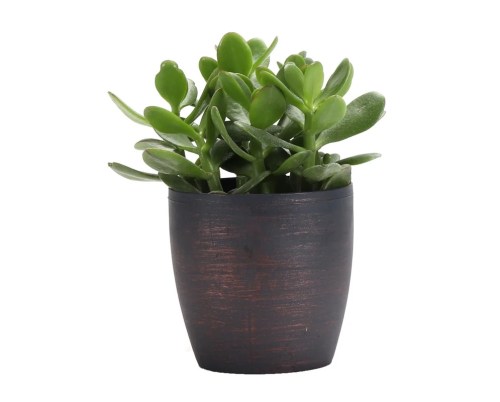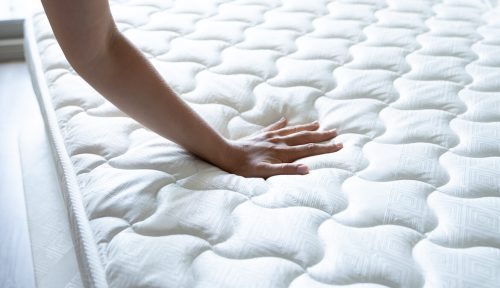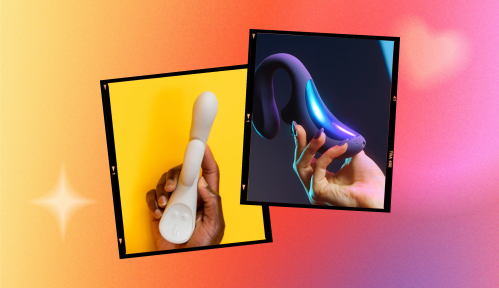Our editors independently select these products. Making a purchase through our links may earn Well+Good a commission
Plants can improve your mood, they can improve the air quality in your home, and they instantly transform the aesthetic of your home. Some plants require little to no maintenance and others are high-maintenance and require your undivided time and attention. If you’re not ready to commit to a plant that needs a lot of TLC, a jade plant is a beginner-friendly option to start with. To find out how to best care for a jade plant, Danuelle Doswell and Mignon Hemsley, co-founders of Grounded, a direct-to-consumer virtual plant shop, explain how to best care for a jade plant and boost your green thumb confidence.
Experts in This Article
co-founder of Grounded, a direct-to-consumer virtual plant shop.
co-founder of Grounded, a direct-to-consumer virtual plant shop.
How to select a healthy jade plant
“You want to make sure the plant is plump and glossy,” Hemsley says. Sometimes the leaves will shrivel up or become wilted if the plant is unhealthy and hasn’t had enough light or water, so you’ll want to avoid choosing a plant that looks unhealthy. Additionally, you’ll want to avoid a plant that’s too leggy as that’s a sign it hasn’t been watered enough.
How to care for a jade plant
“Their care requirements aren’t as demanding [as other plants]. They require bright, indirect sunlight to thrive, and if they don’t receive that, that’s usually where they’ll start to wilt and die and dry and shrivel up,” Doswell says. When it comes to watering, Hemsley says not to let the soil dry out completely. You also don’t want to overwater the plant because it’s prone to root rot, which is when the roots receive too much water and they can’t take in the proper nutrients for the plant to grow properly, Hemsley explains.
For those who have a billion things going on, you’re in luck. The jade plant doesn’t need to be watered on a schedule, only as needed, according to Hemsley. “We usually instruct our customers to do the soil finger test, which is sticking your finger about two inches into the soil, you’ll feel the moisture of your plant.” If your plant needs more water, the soil will be dry when you insert your finger and you won’t have any dirt on your finger once it’s removed from the soil.
Although you don’t need to water the plant on a schedule, “you definitely want to make sure you’re not allowing it to stay too dry for too long because this is how your plant’s leaves will either start to shrivel up or become wilted because it’s sucking out the water it has stored in its leaves,” Hemsley adds. Another tip Hemsley has is to use a terracotta pot because they tend to retain moisture since the pots are made out of clay which will help keep the moisture in your soil.
The type of water and soil to use for a jade plant
“If you wouldn’t drink it, you shouldn’t water your plants with it,” Doswell says. It’s fine to use tap water, but if you do, she recommends leaving it out overnight to allow the chemicals and contaminants to come to the surface of the water. The best water for any plant is rainwater, according to Doswell, because it allows you to recreate the environment plants naturally exist in.
No matter the water source, make sure that your water is at room temperature so that it doesn’t shock the plant. Avoid overwatering your plant by doing the aforementioned finger test to prevent fungus from growing, and also make sure to use well-draining soil to prevent root rot.
A jade plant is a great option for those new to house plants. Not to mention, “the jade plant is an excellent positive energy plant,” according to Doswell. When placed in the entrance of your home, or if you own a business or restaurant, a southeast location, it will bring prosperity and success, she says.
Shop for jade plants

Crassula Ovata ‘Variegated Jade’ Pot — $9.99

Fat Plants San Diego Jade Plant — $14.90

7" Live Jade Plant in Pot — $33.00
Oh hi! You look like someone who loves free workouts, discounts for cult-fave wellness brands, and exclusive Well+Good content. Sign up for Well+, our online community of wellness insiders, and unlock your rewards instantly.
Sign up for the Well+Good SHOP Newsletter
Get exclusive deals on wellness, beauty, fitness, and food products that have been hand-picked by our editors.
Got it, you've been added to our email list.











